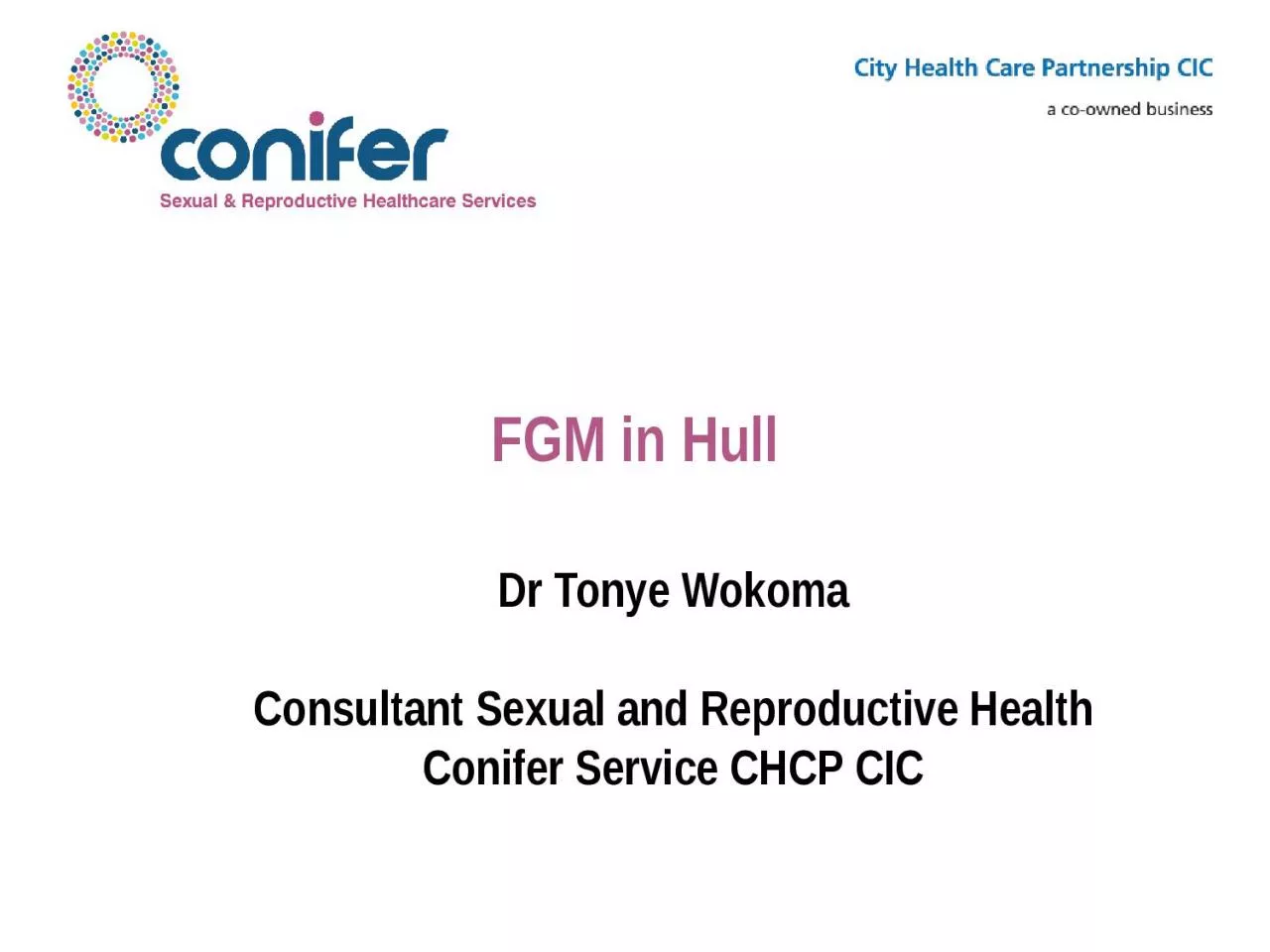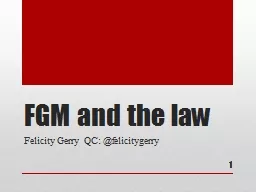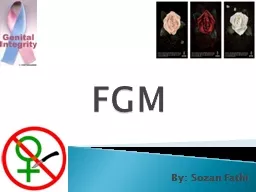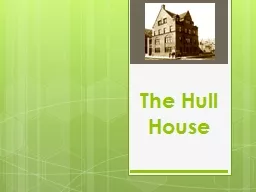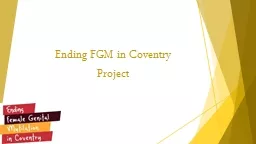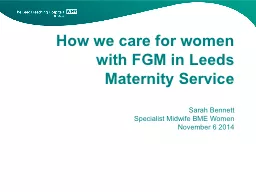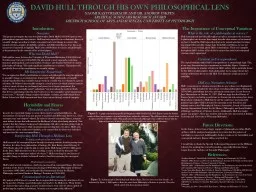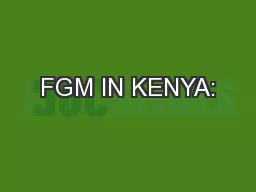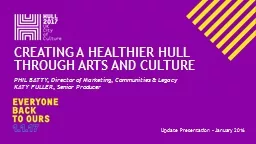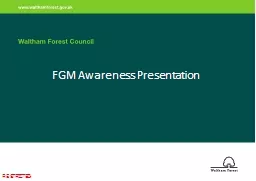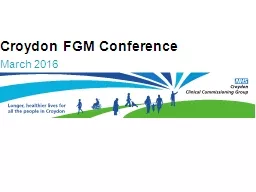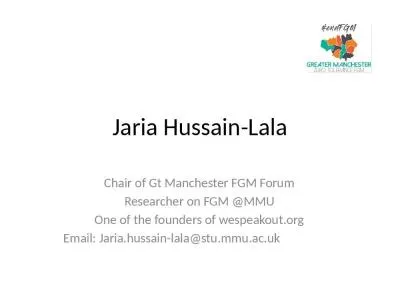PPT-FGM in Hull Dr Tonye Wokoma
Author : emily | Published Date : 2024-02-02
Consultant Sexual and Reproductive Health Conifer Service CHCP CIC Overview Definition The law Prevalence Classification Management Safeguarding Management Clinical
Presentation Embed Code
Download Presentation
Download Presentation The PPT/PDF document "FGM in Hull Dr Tonye Wokoma" is the property of its rightful owner. Permission is granted to download and print the materials on this website for personal, non-commercial use only, and to display it on your personal computer provided you do not modify the materials and that you retain all copyright notices contained in the materials. By downloading content from our website, you accept the terms of this agreement.
FGM in Hull Dr Tonye Wokoma: Transcript
Download Rules Of Document
"FGM in Hull Dr Tonye Wokoma"The content belongs to its owner. You may download and print it for personal use, without modification, and keep all copyright notices. By downloading, you agree to these terms.
Related Documents

